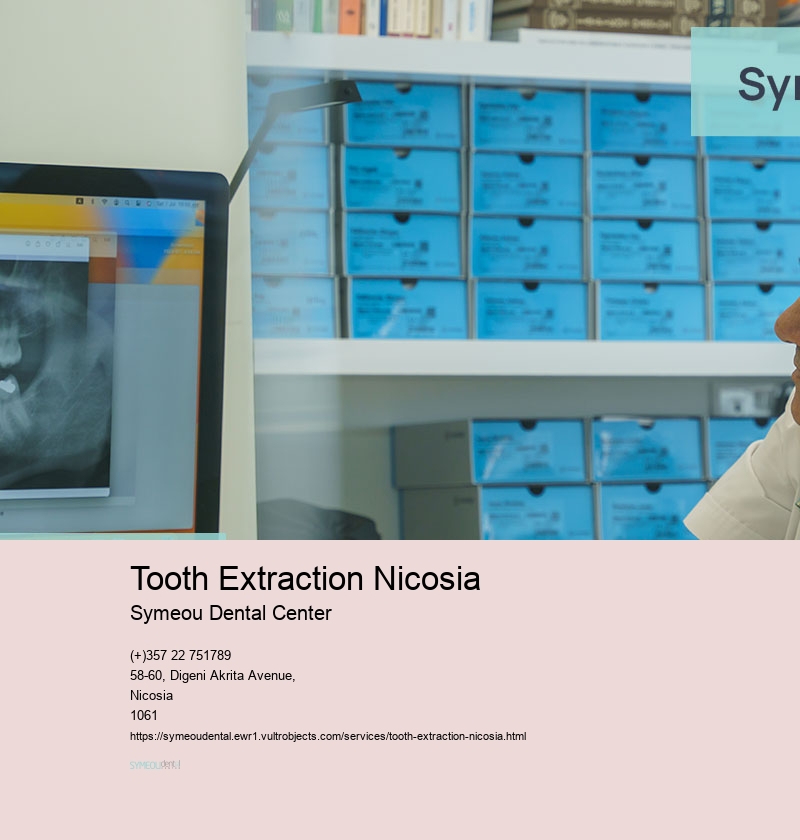Tooth Extraction Nicosia
Maintaining Your Bright Smile: Post-Whitening Care Tips
Teeth whitening is a widely-used aesthetic treatment that can considerably enhance the appearance of your teeth by eliminating stains and yellowing. Even so, maintaining the brilliant, white grin requires careful effort and focus to your everyday habits, particularly in the time and following months following the treatment. The foods and beverages you consume can have a deep influence on the long-term of your bleaching outcomes. Dark beverages like coffee, tea, wine, and sodas are known for discoloring teeth, even after a expert bleaching appointment. To lessen the risk of staining again, it’s recommended to minimize or skip these beverages entirely or to use a straw to lower exposure with your dentition.Moreover, washing your teeth with H2O right after consuming discoloring edibles or beverages can help stop discoloration. Beyond nutritional aspects, preserving excellent oral hygiene is vital for preserving your bleaching effects.
Brushing twice daily with a whitening toothpaste can aid in remove surface stains before they can to become permanent. Using dental floss every day is just as important, as it eliminates buildup and food particles from the spaces between your teeth, areas that are often overlooked by brushing alone. Routine dental check-ups and scalings will not only keep your dentition and gums well-maintained but also guarantee that your whitening outcome are enduring. Your dentist may suggest follow-up treatments or home-based whitening products to maintain your radiant smile over time. By being mindful of your food choices, practicing good oral hygiene, and consulting your dental professional, you can maintain a brilliant smile for a prolonged period after your bleaching procedure.
